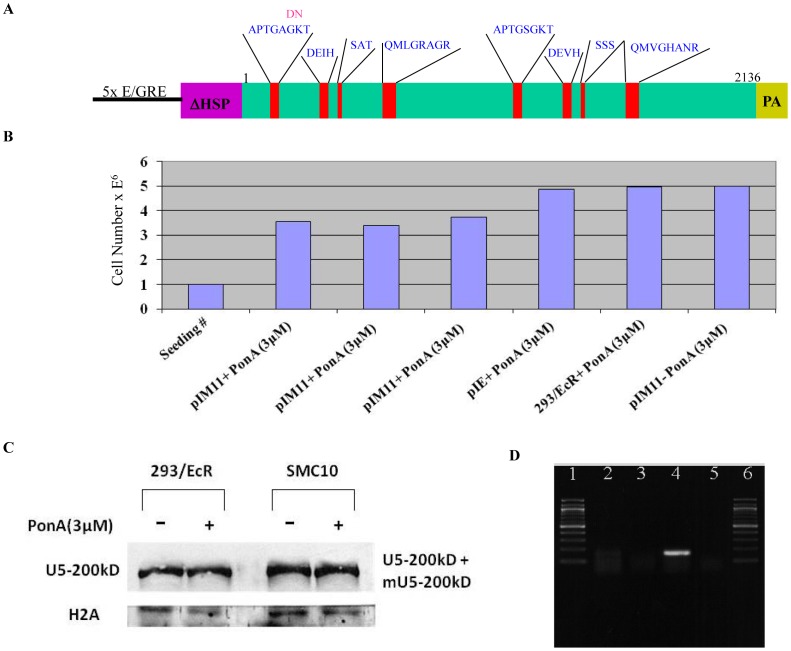Figure 1. Expression analysis of the ecdysone-inducible mutant U5-200kD gene in HEK293 cells.
A) Organization of the regulatory elements in the ecdysone-inducible plasmid as well as the GKT-DNT inducible mutant U5-200kD, pI-M11. Numbers 1-2136 indicate the amino acids in the ORF. PA is the polyadenylation site and ΔHSP is the minimal heat shock promoter on the ecdysone-inducible plasmid. B) Transient expression of the inducible mutant U5-200kD gene. The mutant U5-200kD gene (M11) cloned under the control of the ecdysone-inducible plasmid (pI-M11) was transfected into the trans-activator 293/EcR cell line clone (C13). The mutant gene was induced with 0.5, 1.0 and 3.0 mM of the inducer, Ponasterone A. For the controls, the enhanced green florescent protein (EGFP) was cloned under the inducible promoter and transfected into the C13 cell line (pIE-3.0 mM), 3.0 mM Ponasterone A was added to the C13 cell line (C13–3.0 mM) and the pIM11 plasmid was transfected into the C13 cell line without the inducer (pIM11-0 mM). The cell count analyses revealed growth retardation in the induced M11 dishes and not in the control plates. C) Western analysis of mutant U5-200KD protein expression. Histone 2A (H2A) was included as a loading control. D) RT-PCR detection of the transiently transfected mutant U5-200kD gene. Lanes 1 and 6 are the 100 bp ladders. Lane 2 is the RT-PCR reaction of the uninduced pI-M11 transfected into the 293/EcR cells. Lane 4 is the RT-PCR reaction of the induced pI-M11 transfected into the 293/EcR cells. Lanes 3 and 5 are the minus RT reactions for lanes 2 and 4, respectively.

